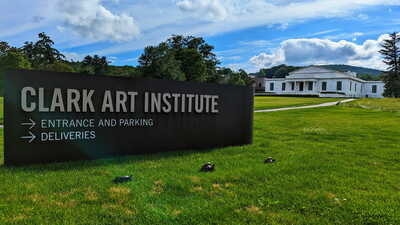Clark Art Talk by Post Art Critic
WILLIAMSTOWN, Mass. — On Oct. 30 at 6 pm, the Clark Art Institute hosts a special appearance by Pulitzer Prize-winner Sebastian Smee, art critic for The Washington Post, as he introduces his new book
"Paris in Ruins: Love, War, and the Birth of Impressionism."
According to a press release.
From the summer of 1870 to the spring of 1871 Paris and its people were besieged, enduring bloody street battles, the burning of central Paris, and widespread starvation. It was against the backdrop of these tumultuous times that the Impressionist art movement was born?in response to violence, civil war, and political intrigue.
Smee tells the story of those dramatic days through the eyes of the leading figures of Impressionism. At the heart of it all is a love story between artists Édouard Manet and Berthe Morisot, as Smee poignantly depicts their complex relationship, their tangled effect on each other, and their great legacy, while bringing overdue attention to the woman at the heart of Impressionism. In the aftermath of the conflict, these artists all developed a newfound sense of the fragility of life. That feeling for transience?reflected in Impressionism's emphasis on fugitive light, shifting seasons, glimpsed street scenes, and the impermanence of all things?became the movement's great contribution to the history of art.
Free. Accessible seats available; for information, call 413 458 0524. A book signing follows the talk. Copies of "Paris in Ruins" will be available for purchase at the talk and in the Museum Store.
Tags: Clark Art,

